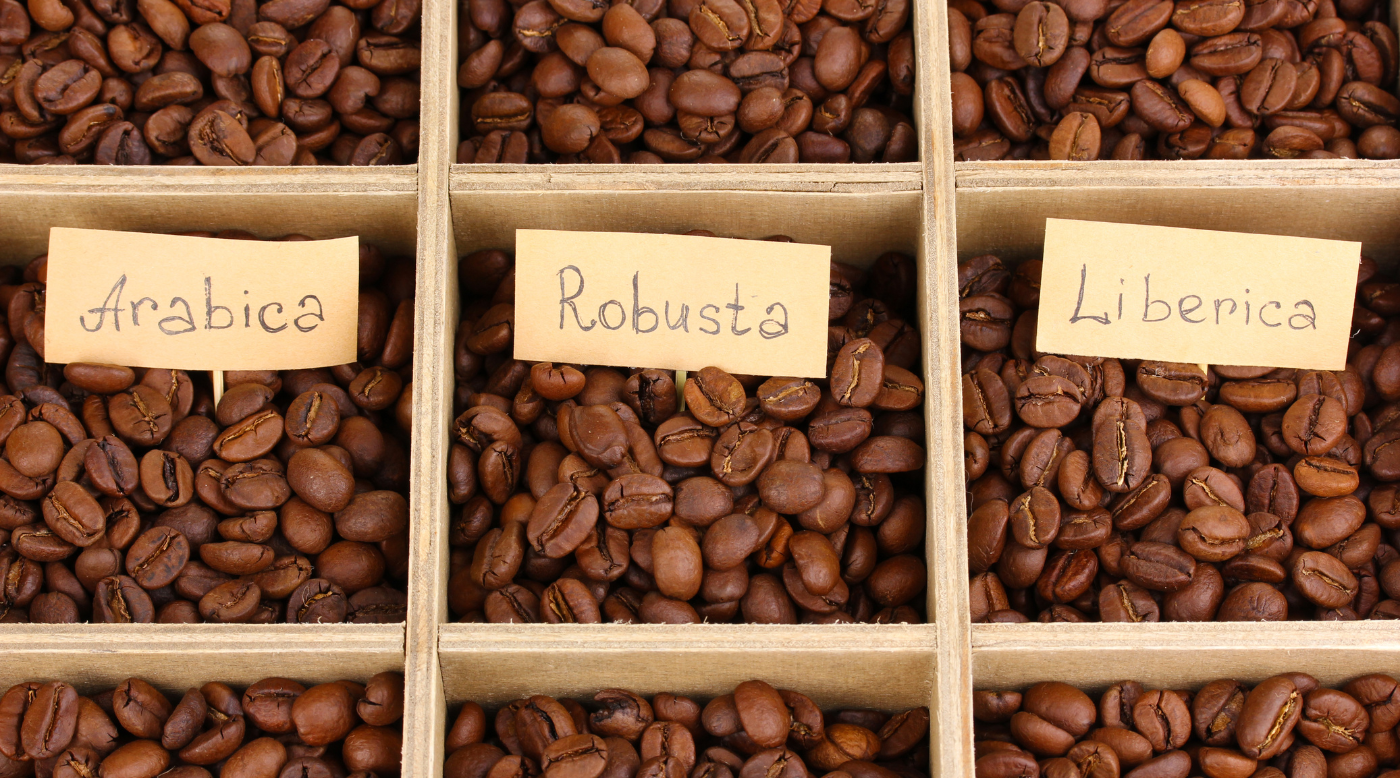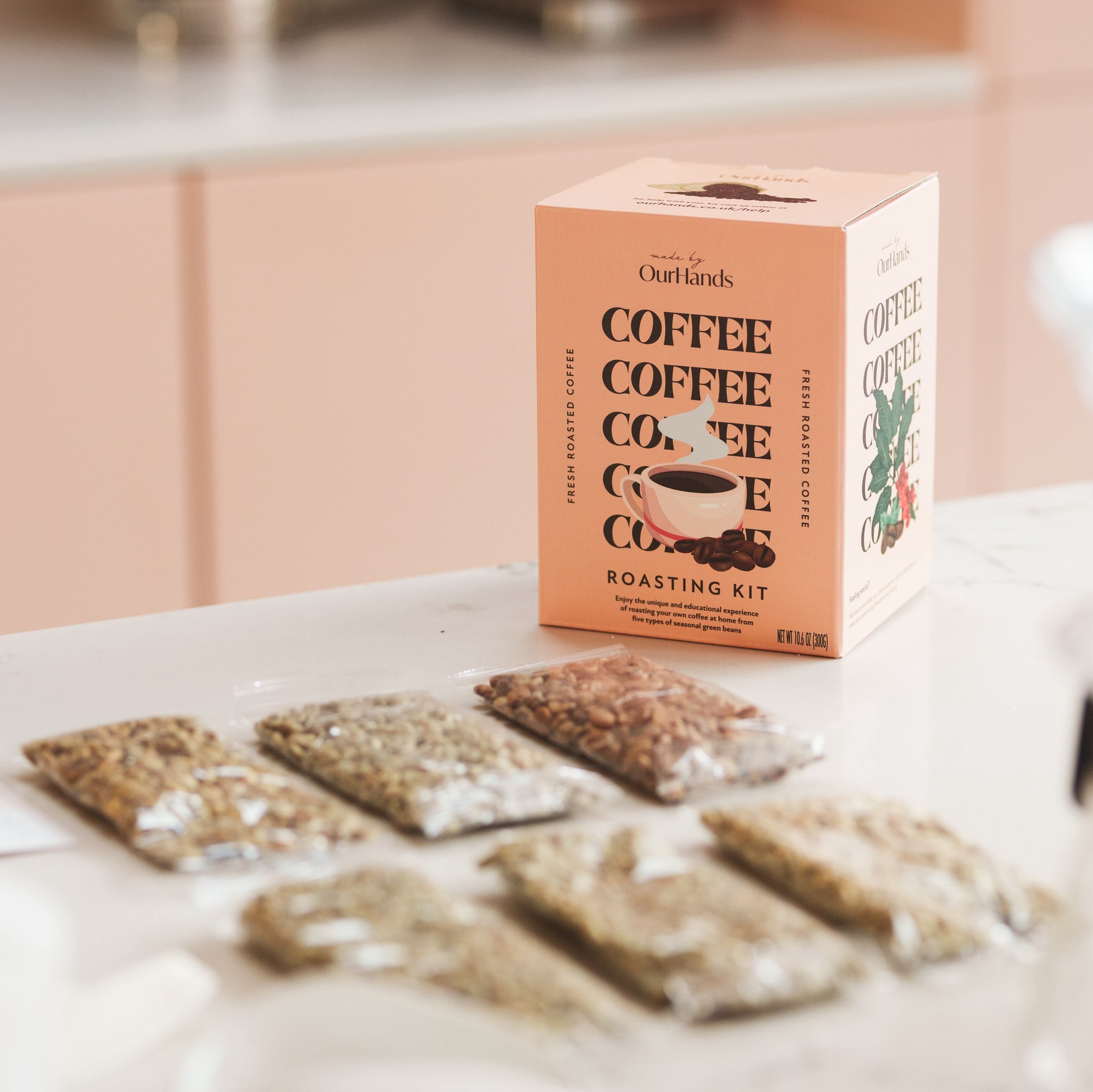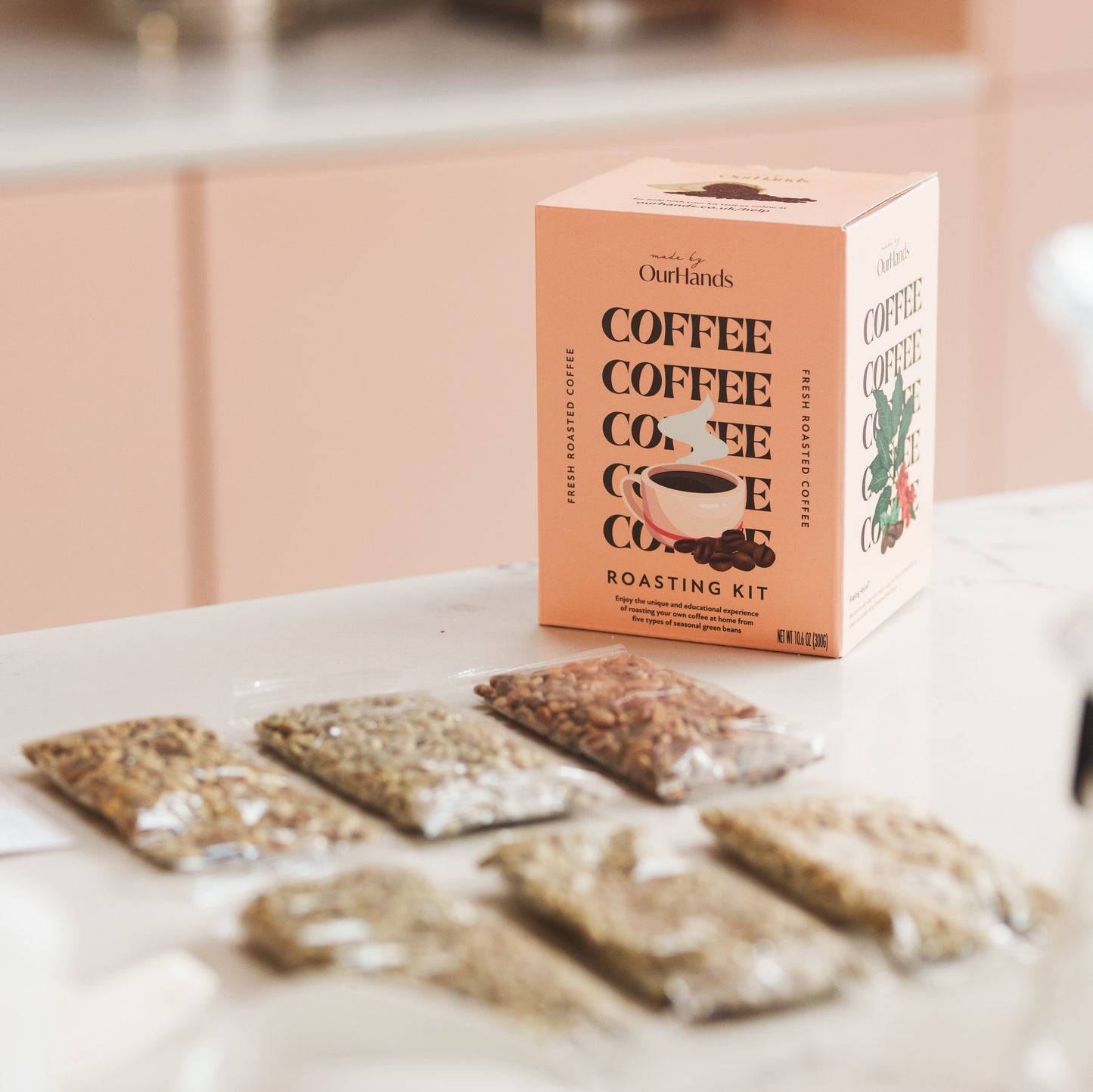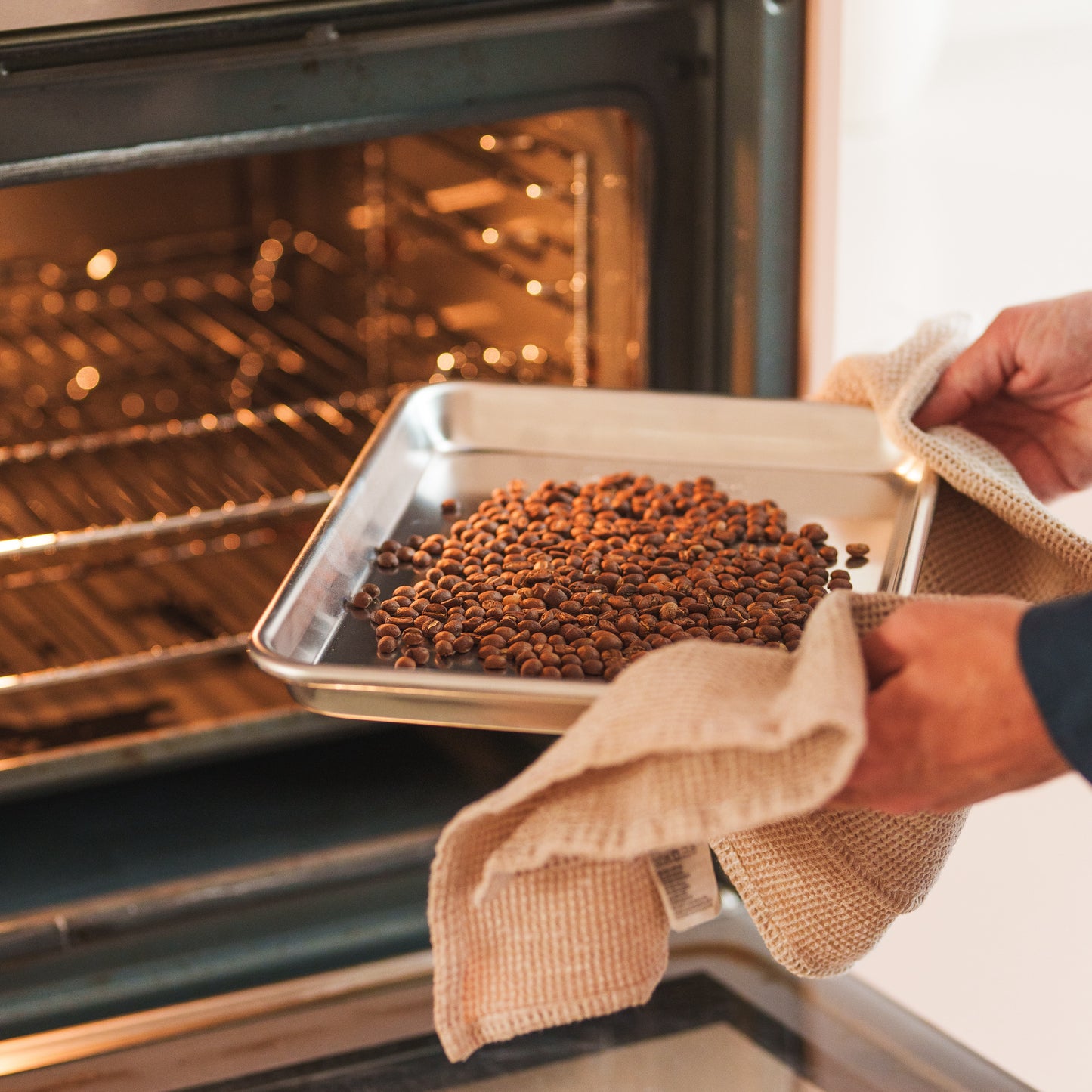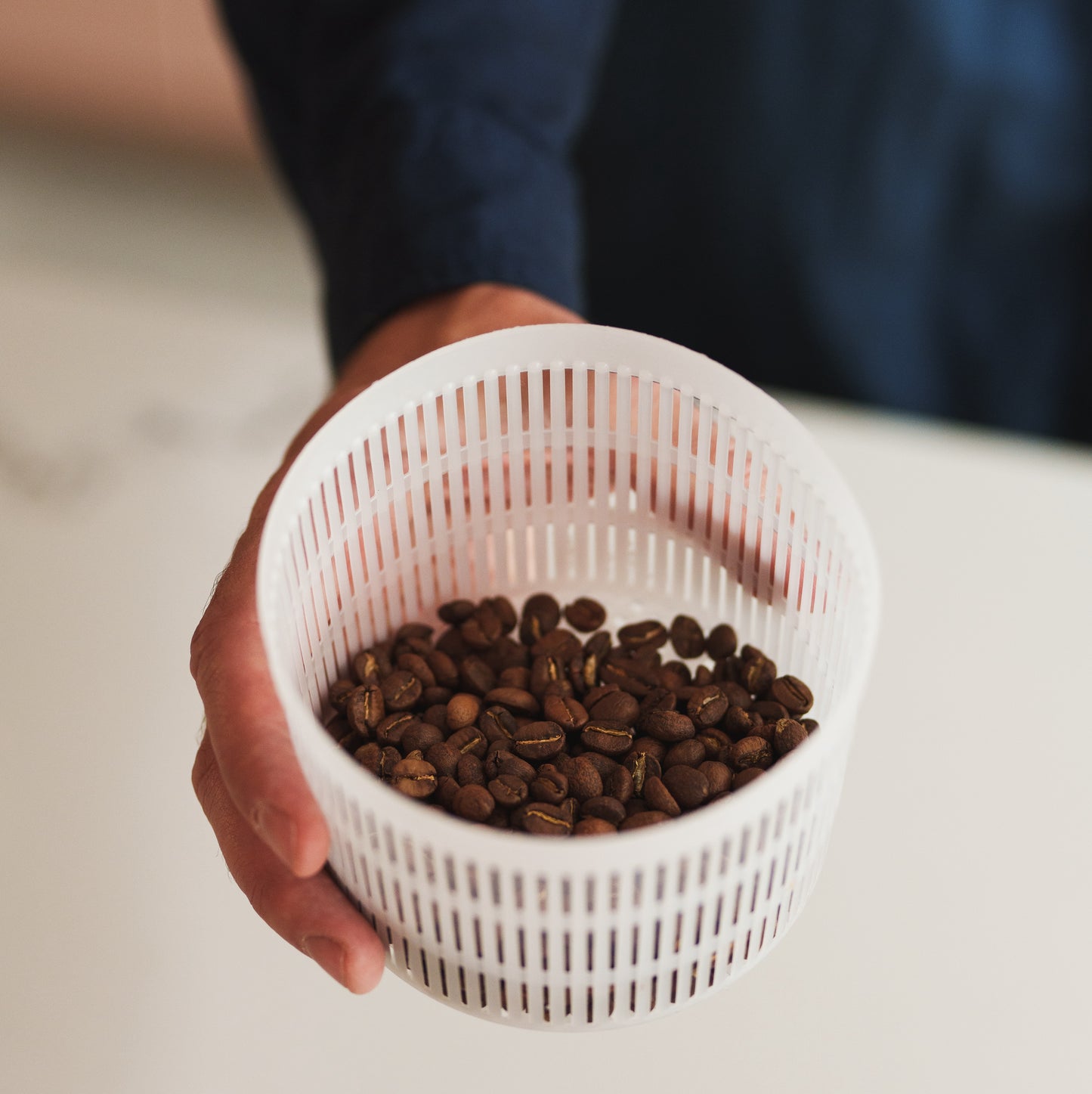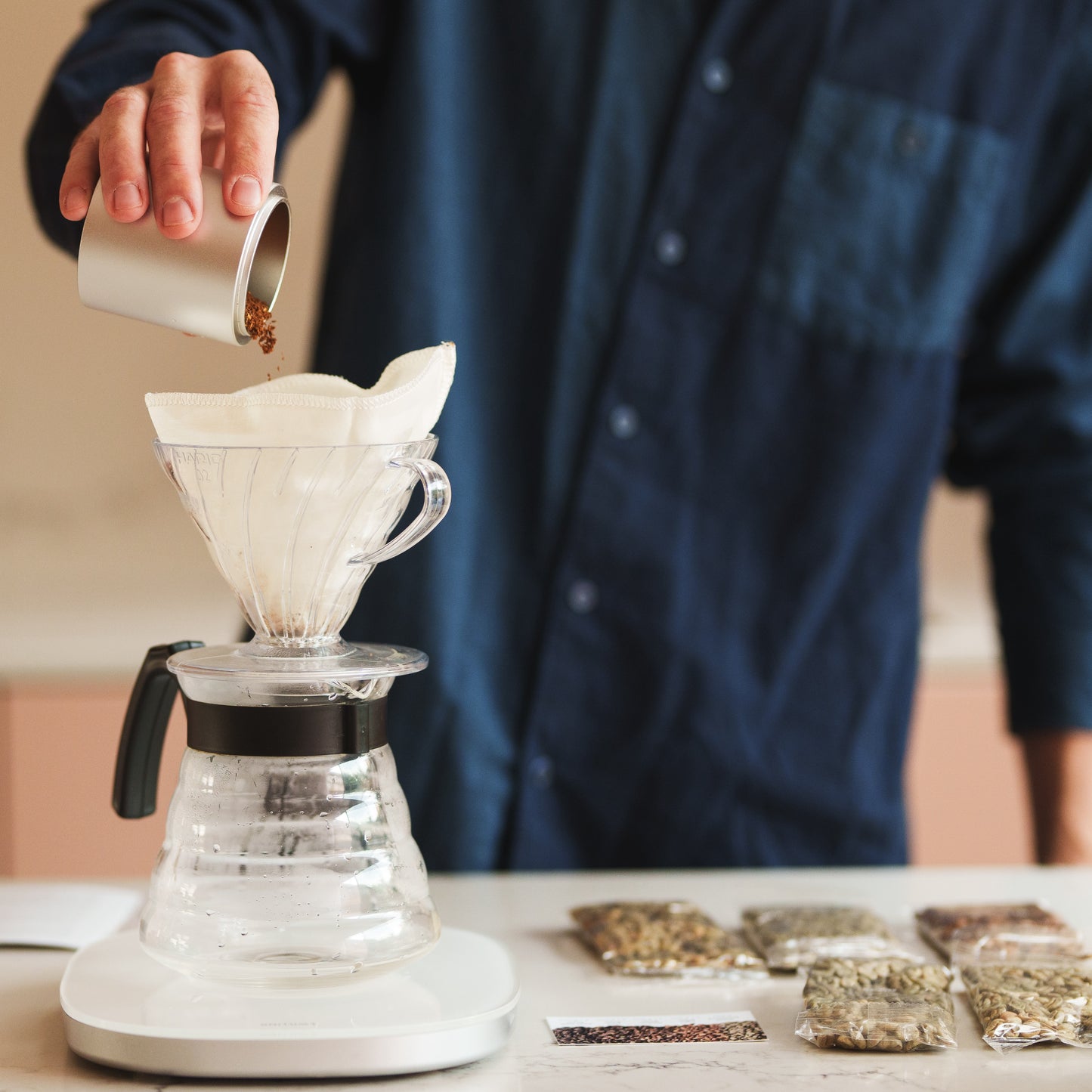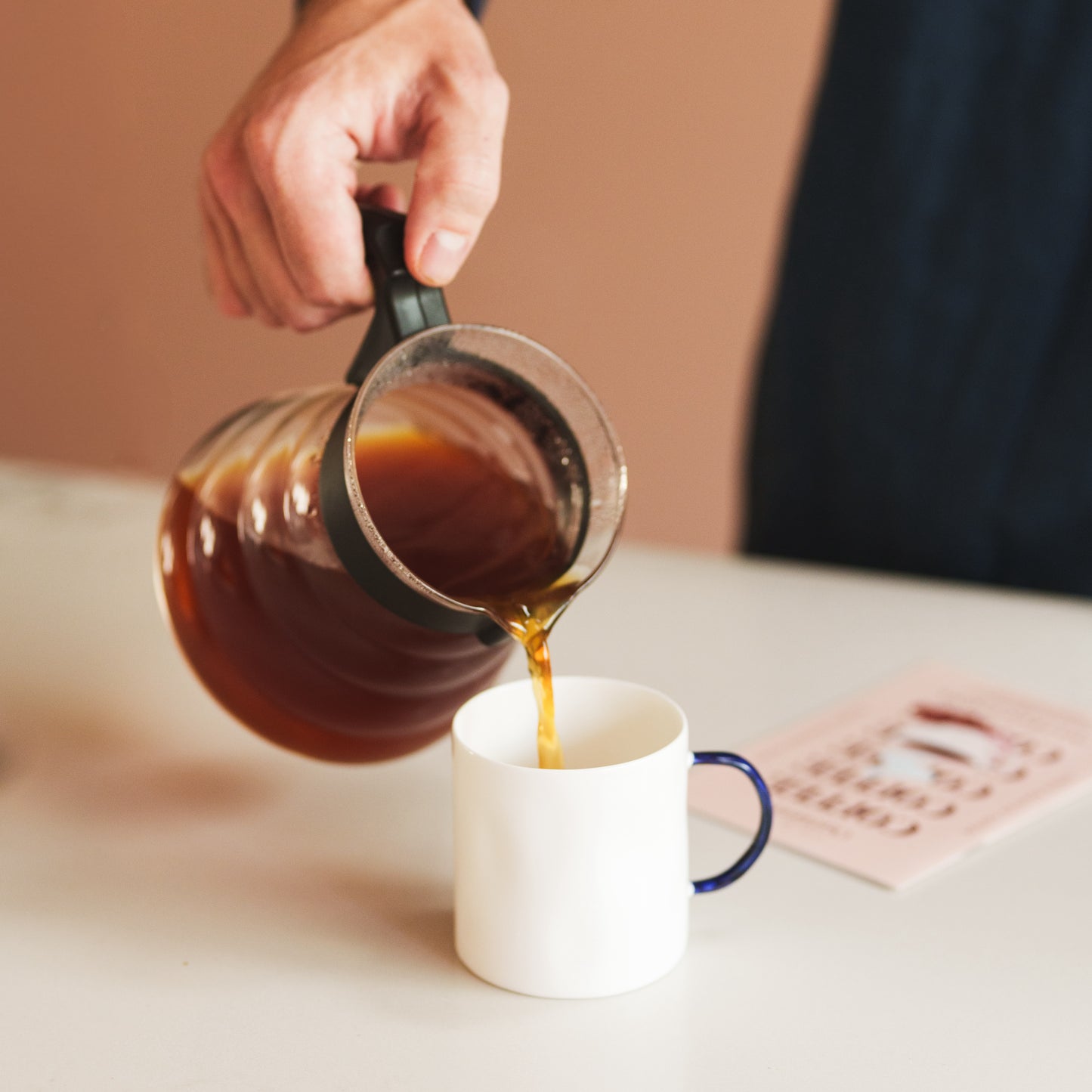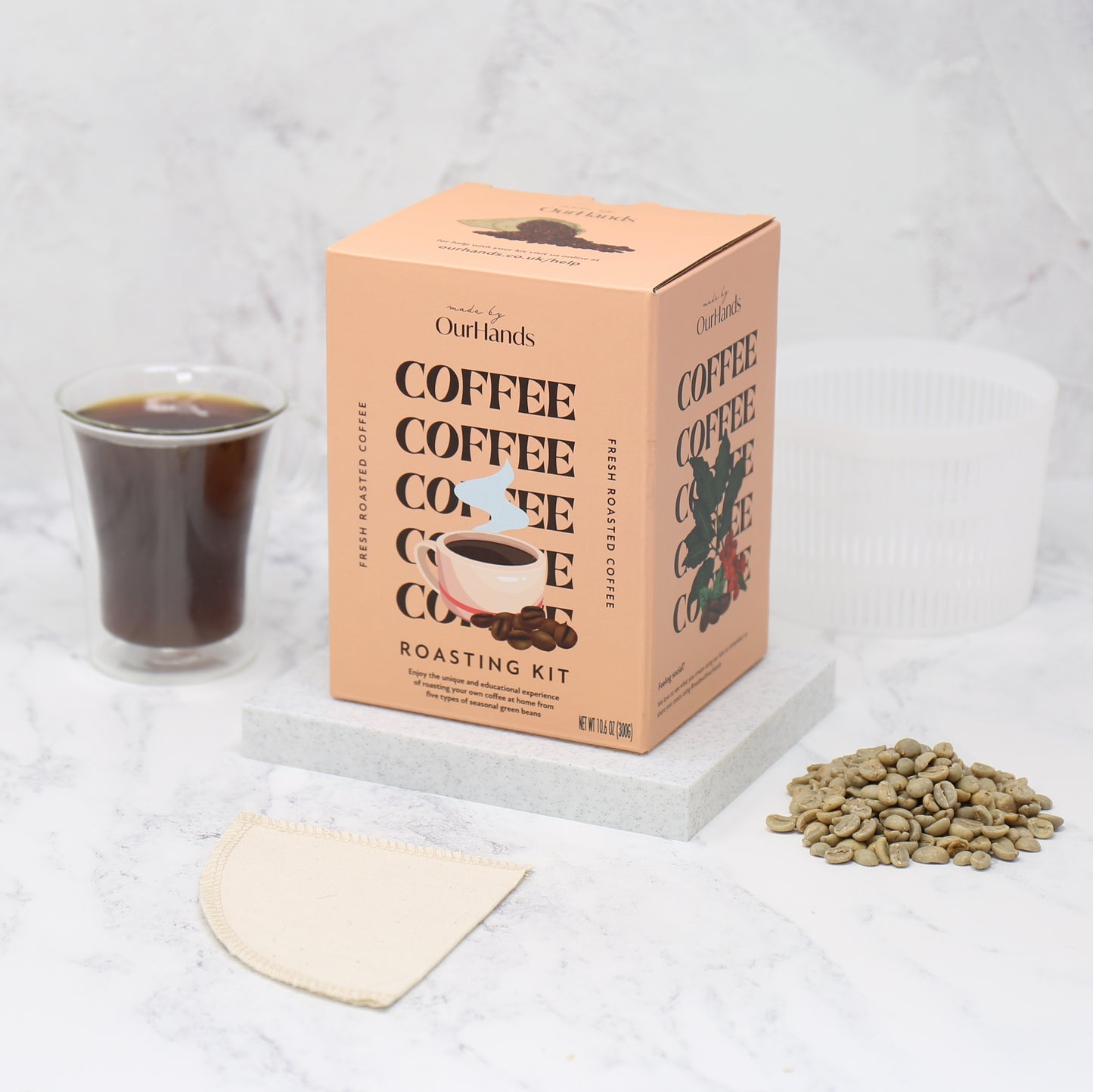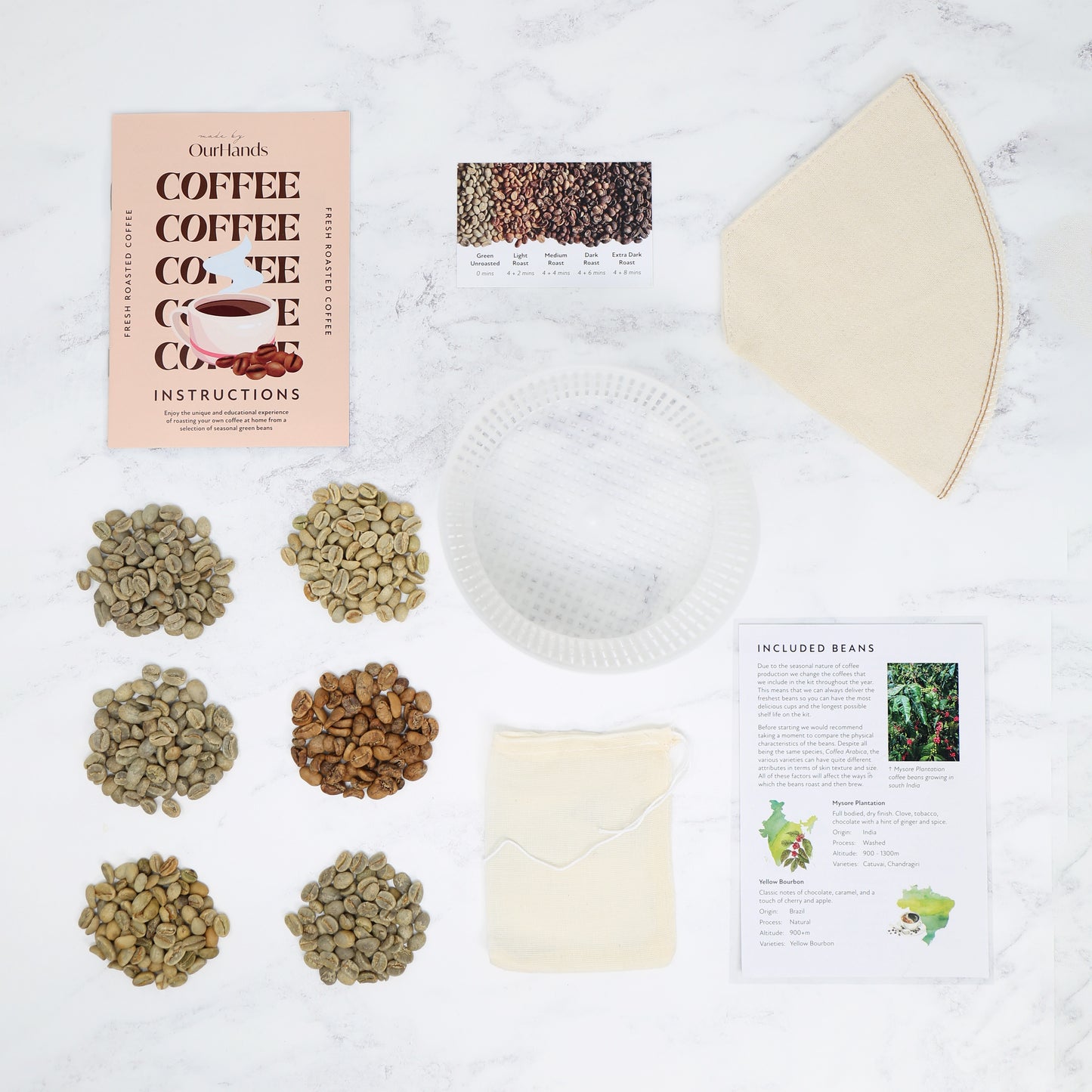Exploring the World of Coffee: A Guide to Coffee Varieties
The Diversity of Coffee
Did you know that there are over 120 species of coffee in the world? Yet only two of these varieties represent 99% of all commercially produced coffee worldwide. We've already discussed the benefits of roasting coffee at home, as well as the different types of roast and how they influence the taste of your cup. But the type of beans you use for your brew also has a huge impact on flavour, body, and mouthfeel.
In this blog article, we'll introduce you to a few of the world's most popular coffee varieties, from how they're produced to how they taste, starting with the two varieties that most of the world enjoys daily.

A Brief History of Coffee
The world's obsession with coffee is nothing new. The first written mention of coffee as the beverage we know dates from the middle of the 15ᵗʰ century, in modern-day Yemen. In its over 600 years of existence, coffee has taken over the world.
Since then, we've discovered and learned a lot about the coffee plant. Notably, that the Coffea genus has more than 120 varieties throughout the world! Coffee plants tend to grow in the Southern Hemisphere, a little below the Equator, going all around the world in a ring called the "Coffee Belt". If most of them share close similarities, such as their "coffee cherry" fruit and their strong caffeine content, a lot of these varieties have completely different characteristics in terms of appearance, cultivation method, and flavours. Even coffee plants from the same variety can have different notes depending on where they're grown!
Despite all of these different species, only a handful of coffee species are grown for human consumption.
Coffea Arabica: The Gold Standard
Let's start with the star of the show! If you are as addicted to coffee as I am, Arabica deserves your undying gratitude Arabica is believed to be one of the first coffee plants to have been knowingly cultivated, as early as the end of the 17ᵗʰ century. Originally grown in Yemen and Southern Ethiopia, it can now be found in many parts of Africa, as well as all the way to South America and Southeast Asia.
Representing about 60% of global coffee production, Arabica tends to be the golden standard for a quality cup. And it did not stumble onto such popularity by chance! With its aromatic taste, smooth body, low acidity, and notes of fruit, flowers and chocolate, it is a delightful and versatile coffee that will charm coffee novices and experts alike.
Despite its many good qualities though, Arabica production has its drawbacks. It is quite a difficult plant to cultivate, taking up to seven years to mature fully! Even then, each tree only gives between 0.5kg and 5kg of beans a year. The Arabica coffee trees also need quite specific conditions to grow: ideally above 1400m high and between 15C and 24°C. Temperatures that are too high or too low will decrease the quality of the coffee. Add to that an extreme sensitivity to many diseases, and you will start thinking it's a miracle Arabica coffee even makes it to our cups at all!
Luckily for us, another species of coffee is much more forgiving.

Coffea Robusta: The Sturdy Alternative
Though its real scientific name is Coffee Canophera, this coffee variety is best know by the name "Robusta". A well-deserved moniker, as this coffee variety is a lot more resistant to most common diseases and pests. It also grows well at lower altitudes.
Once again, these strengths come paired with some drawbacks. Where Arabica coffee makes up for its frailness with a smooth body and delicious fruity notes, Robusta's harsher flavour goes hand in hand with its hardiness. Less fruity and with low acidity, it tends to have more bitter, woodier notes.
That is not to say Robusta coffee is not good! It represents about 40% of the global coffee production, with Vietnam being its biggest exporter. It is often used to make instant coffee. It is also used in many coffee blends, in which the bitterness of the Robusta can enhance the notes of other varieties, allowing them to shine through. This is especially true in Italian espresso blends, in which Robusta bean can give a better body and crema.

Beyond Arabica and Robusta
With Arabica and Robusta taking up almost 99% of the market, it can be quite difficult for other coffee varieties to make a name for themselves. That is not to say they don't exist! Two other varieties have been breaking onto the scene.
Coffea Liberica: The Exotic Rarity
Grown mostly in the Philippines and Malaysia, Coffea Liberica is considered quite rare and exotic, representing only 1% of global production. It has larger beans than most other coffee varieties. It is also sweeter than both Arabica and Robusta, with a lower caffeine content. It is appreciated by coffee experts for its very distinct taste, with bold notes of smoke and nuts.
Coffea Excelsa: The Hidden Gem
Though it has recently been discovered to technically be part of the Liberica family, it also has a very distinct taste that has been growing in popularity. It is quite a recent variety, discovered in Africa in the early 1900's. It is now mostly grown in Southeast Asia. It is similar to Robusta in that it is also resistant to most diseases. It has low caffeine content and a tart, fruity flavour with spicy notes that work perfectly in a lot of blends.

The Endless Journey of Coffee Exploration
As you can see, there is a lot to be learned about the world of coffee. In fact, the varieties we talked about today have many sub-varieties with their own flavours and quirks: Typica, Bourbon, Gesha... The best way to get to know all the different types of coffee is to try them. Let's not forget that the final result of the cup also depends on how the beans are harvested, processed, and roasted! I hope this article gave you a better idea of the coffee in your cup and how it got there.
Let us know your favourite variety!

